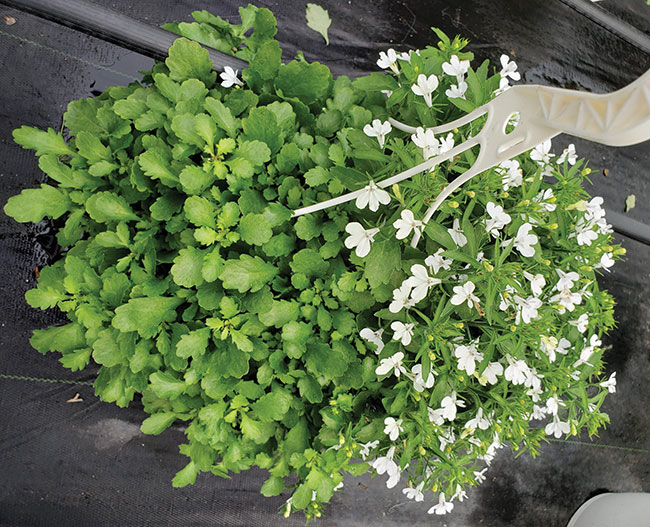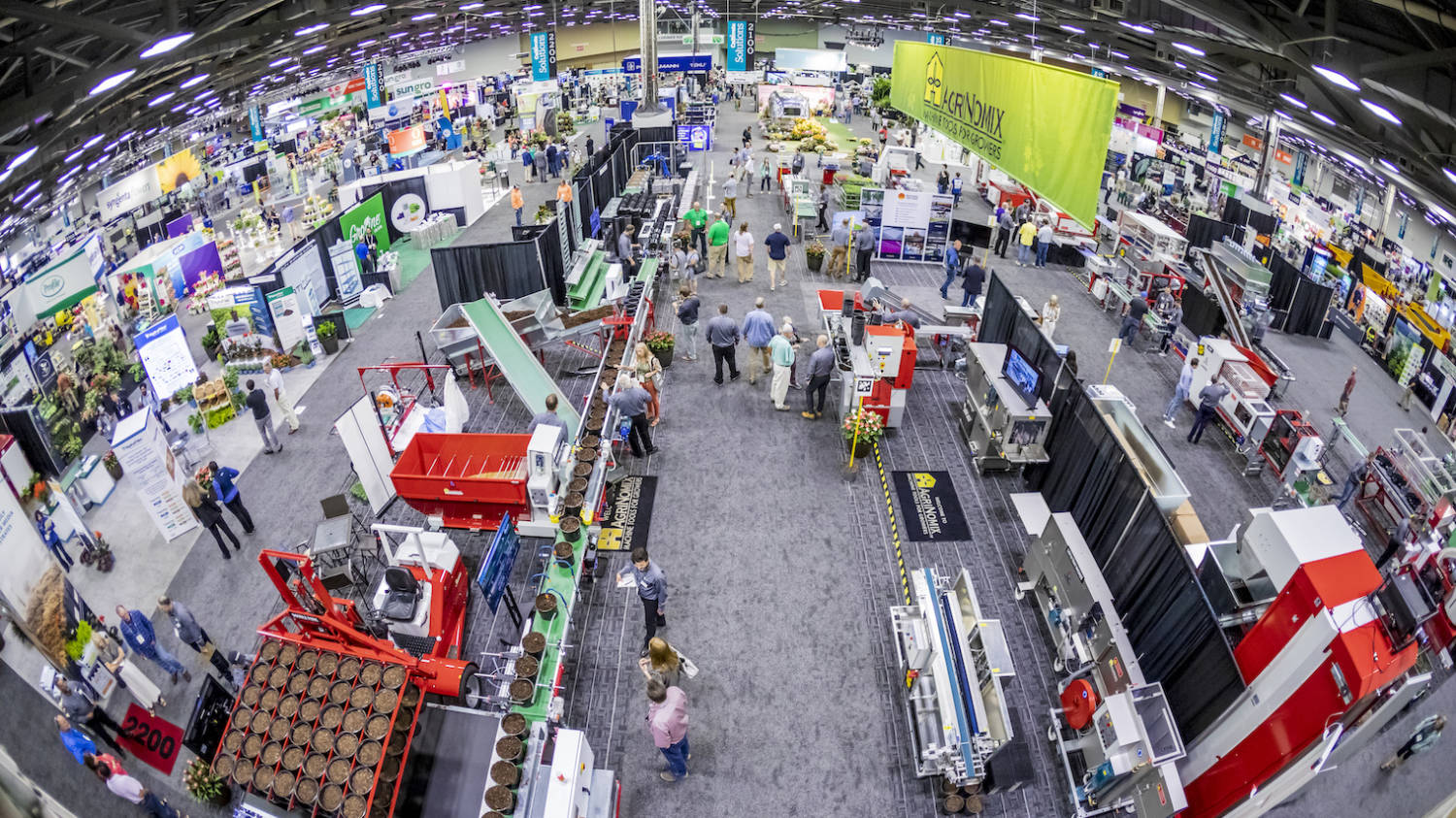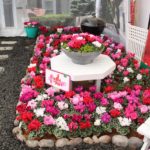Technically Speaking: Why crops won’t flower (on time)
Many commercial greenhouse growers of floriculture crops are challenged with producing hundreds, if not thousands, of different species and cultivars. This is incredibly challenging because of their variation in plant culture (fertility and pH), growth habit and vigor, water demand, temperature and light responses, and factors that regulate flowering. In addition, growers need to have crops marketable — often meaning in flower — for predetermined dates.
Considering these challenges, it’s not uncommon for one crop or another to not be in flower on time. Sometimes the reason is obvious, for example a crop was transplanted late, but other times it is elusive. This article discusses some of the reasons why a crop flowers late, or not at all.

Application of ethephon or other PGR. The application of a plant growth regulator (PGR), intentionally or not, can delay flowering. Ethephon (e.g., Florel or Fresco) is typically applied to inhibit extension growth, stimulate branching and/or abort flowers. It’s usually sprayed onto young plants when flowering is not desired.
However, a late or inadvertent application can reset the flowering clock and delay subsequent flowering (Figure 1). Ethylene can also be released by faulty unit heaters, which can abort flower buds and open flowers.
In addition to ethephon, a late application of a PGR — especially the powerful growth retardants paclobutrazol (e.g., Piccolo, Bonzi, or Paczol) and uniconazole (e.g., Sumagic or Concise) — can delay flowering. The potential flowering delay is greater when applied as a foliar spray directly to flower buds. Other types of PGRs, particularly branching compounds, can also delay flowering.
Days are too short or too long. A large number of ornamental crops flower in response to the day length, or photoperiod. Many annual bedding plants and herbaceous perennials flower faster under long days and short nights. Some common potted flowering plants only flower, or flower earlier, under short days and long nights. What constitutes a long or short day varies by species and often cultivar and can be influenced by other factors such as daily light integral.
If a photoperiod-sensitive crop is not in flower on time, ensure lighting controls are set properly, the time on the environmental control computer or timer is correct and that fixtures and bulbs are working and delivering at least 1-2 µmol∙m–2∙s–1 at plant height.
If blackout curtains are utilized to create short days, check that they are closing completely. When some varieties of the same species are in flower but others are not, it’s possible that the slower-flowering ones have a different critical photoperiod than the others.
Low daily light integral. Many crops take longer to flower under a low DLI (e.g., less than 8 mol∙m–2∙d–1) than a higher one. This is one of the reasons why crop production time is often shorter late in the spring compared with early in the spring.
When crops are to be marketed in flower when the DLI is low, maximize transmission of sunlight not only through your greenhouse structure but to your crops. Placing hanging baskets overhead can delay flowering time of crops below when the DLI is not sufficiently high.
Light pollution. For short-day plants, flowering can be delayed or prevented when light comes through gaps in blackout curtains or from a nearby lighted area. Plants are very sensitive to low-light intensities, and less than 1 µmol∙m–2∙s–1 (the lowest reading by a quantum sensor) is sufficiently bright to delay flowering in many cases.
When light pollution is suspected even when a quantum sensor measurement reads zero, consider obtaining a quantum light pollution sensor by Apogee Instruments. This sensor measures light in nanomoles per square meter and second (nmol∙m–2∙s–1), which is one thousandth of a micromole. The light perception threshold has not been determined for most crops, but some are sensitive to 50 nmol∙m–2∙s–1 (0.05 µmol∙m–2∙s–1) of light.
Excessively high temperature. A high temperature can delay flowering of a wide variety of crops. What constitutes a high temperature depends on the crop and can be as low as 73° F for some potted flowering plants or cold-tolerant annual bedding plants.
For some crops, this “heat delay” can occur specifically during the day or night. For example, a night (but not day) temperature above 73° F delays flowering of poinsettia. The magnitude of the delay increases as temperature and duration increase.
Insufficient vernalization. Many bulb crops (e.g., Easter lily, tulip and daffodil) and herbaceous perennials require, or flower earlier, following a vernalization treatment. The vernalization process is complete following an extended period (5-12 weeks) of low temperature treatment (35° F to 55° F, depending on the crop). Flower induction can be incomplete or delayed if the duration of cooling is too short, the temperature is too high or both.
To conclude, there are several potential explanations for why a crop is not in flower on time, and some of the major ones are listed here. Knowing the history of the crop is sometimes needed to determine the reason(s) why a crop is not in flower on time.









 Video Library
Video Library 


















